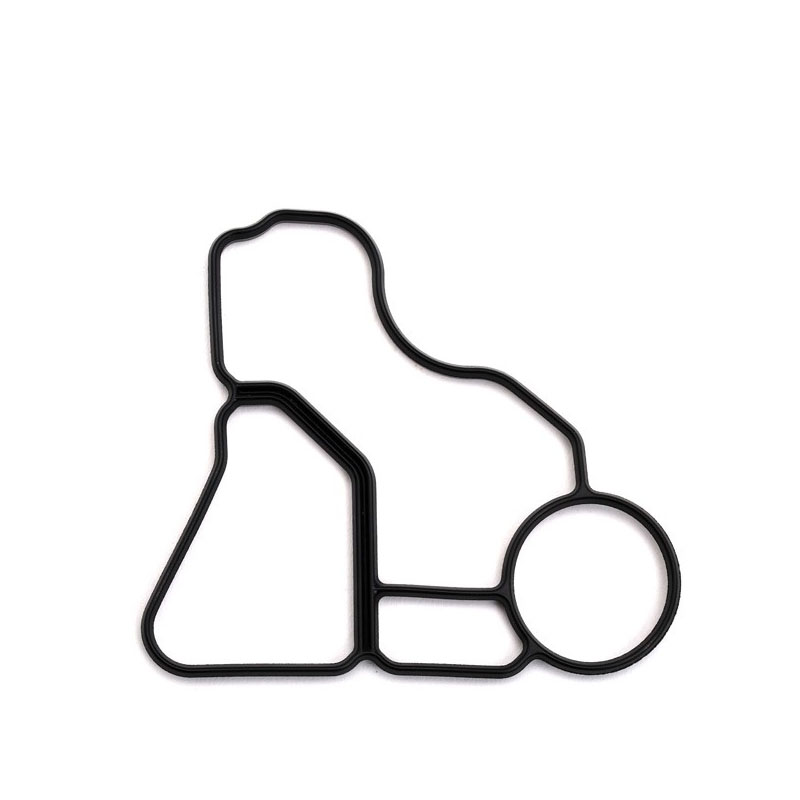Power Steering Pump Seals Maintenance and Replacement Tips for Optimal Performance
Understanding Power Steering Pump Seals Importance and Maintenance
Power steering systems are essential components in modern vehicles, providing drivers with a significant reduction in steering effort and enhancing overall handling and maneuverability. At the heart of this system lies the power steering pump, which circulates hydraulic fluid to enable smooth steering. While the pump itself is a vital piece of machinery, it can be compromised if the seals that protect it become damaged or worn. In this article, we will explore the role of power steering pump seals, the potential issues associated with them, and key maintenance tips to ensure a smooth driving experience.
The Role of Power Steering Pump Seals
Power steering pump seals serve the critical function of containing the hydraulic fluid within the pump. These seals prevent leaks and ensure that the hydraulic pressure required for effective steering is maintained. Made typically from rubber or other pliable materials, seals are designed to withstand the high pressures and varying temperatures common in automotive environments.
There are several types of seals used in power steering pumps, including O-rings, lip seals, and gland seals. Each type has its associated advantages and is selected based on the specific design and needs of the power steering system. However, over time, exposure to heat, friction, and fluid can lead to deterioration, making maintenance and timely replacement essential.
Common Issues Associated with Worn Seals
When power steering pump seals begin to fail, drivers may notice several symptoms. One of the most common signs is a decrease in steering responsiveness, which can make the vehicle feel heavier and less maneuverable. Additionally, drivers might observe fluid leaks under the vehicle, often indicating that hydraulic fluid is escaping from the pump. The presence of any oily substance on the ground underneath the car, particularly near the front end, may signal that the seals are compromised.
If left unaddressed, faulty seals can lead to more significant problems, such as steering system failure or damage to the pump itself
. Not only can this escalate repair costs, but it can also pose safety risks to the driver and passengers.Maintenance Tips for Power Steering Pump Seals
power steering pump seals

1. Regular Inspection One of the best practices for maintaining your vehicle’s power steering system is to conduct regular inspections. Check for signs of fluid leaks under the vehicle and around the power steering pump area. Early detection can prevent more extensive damage.
2. Fluid Level Monitoring Maintaining the appropriate level of power steering fluid is vital. Low fluid levels can lead to pump overheating and increased wear on seals. Always refer to the vehicle’s manual to locate the correct reservoir and follow suggested guidelines for fluid levels.
3. Fluid Quality Checks The fluid should also be checked for contamination. Dirty or burnt fluid can indicate that the power steering system is under stress, potentially impacting the seals' integrity. If the fluid looks discolored or has an unusual smell, consider flushing the system and replacing it with new fluid.
4. Timely Replacement of Worn Seals If inspections reveal wear or damage to the seals, it’s crucial to replace them promptly. While some drivers may attempt to replace seals themselves, it’s advisable to consult with a professional mechanic, especially if you lack experience in automotive repairs.
5. Choosing Quality Replacement Parts When it comes to replacing power steering pump seals, opting for high-quality parts is essential. Original Equipment Manufacturer (OEM) seals are typically recommended for their reliability and longevity.
6. Professional Service If you notice persistent issues with your power steering, consider professional service. A qualified technician will not only diagnose the problem but also provide a comprehensive approach to repair, ensuring that seals, fluid, and other components are functioning optimally.
Conclusion
Maintaining the health of power steering pump seals is crucial for the performance of your vehicle's steering system. By understanding the importance of these seals, recognizing the signs of wear, and implementing regular maintenance practices, drivers can ensure a safer and more enjoyable driving experience. Remember, proactive care can save significant time and money in the long run, keeping your vehicle’s steering system operating smoothly for miles to come.
-
Understanding Flat Gaskets: A Key to Reliable Sealing in Everyday Applications
News Jun.24,2025
-
The Essential Guide to Crush Washers: Sealing Your Oil Drain Plug the Right Way
News Jun.24,2025
-
Mastering Oil Changes: Choosing the Right Oil Drain Plug Washer and Gasket
News Jun.24,2025
-
Everything You Need to Know About Oil Drain Plug Washers: A Small Part That Makes a Big Difference
News Jun.24,2025
-
Choosing the Right Oil Drain Plug: A Guide to Better, Cleaner Oil Changes
News Jun.24,2025
-
A Complete Guide to Drain Plug Washers: Why They Matter and How to Choose the Right One
News Jun.24,2025
-
Understanding Shaft Oil Seals: Protection, Performance, and Marine Applications
News Jun.23,2025
Products categories















